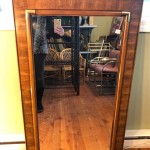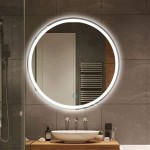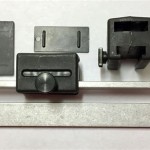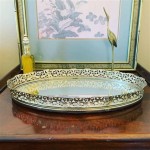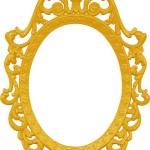Is It Possible To Mirror iPhone to Mac?
Mirroring an iPhone's display to a Mac is indeed possible, offering users a larger screen for various activities, from presentations and demonstrations to gaming and entertainment. Several methods facilitate this screen mirroring functionality, each leveraging different technologies and offering distinct advantages and disadvantages.
One of the most straightforward methods utilizes AirPlay, Apple's proprietary wireless streaming technology. AirPlay allows seamless streaming of audio and video content, including screen mirroring, between Apple devices. To mirror an iPhone to a Mac using AirPlay, both devices must be connected to the same Wi-Fi network. The user can then access the Control Center on the iPhone, select "Screen Mirroring," and choose their Mac from the available devices. This establishes a direct wireless connection, replicating the iPhone's display on the Mac's screen in real-time.
The advantages of AirPlay mirroring include its ease of use and wireless convenience. The setup process is generally straightforward, and the wireless connection eliminates the need for cables. However, AirPlay's reliance on a stable Wi-Fi network can be a drawback. Network congestion or weak signal strength can impact the mirroring quality, causing lag, dropped frames, or connection interruptions. Additionally, AirPlay mirroring consumes battery power on both the iPhone and the Mac.
Another approach to mirroring an iPhone to a Mac involves using QuickTime Player, a pre-installed application on macOS. This method requires a wired connection between the iPhone and the Mac using a USB cable. After connecting the devices, users can open QuickTime Player and select "New Movie Recording" from the File menu. The iPhone should be recognized as a camera input source. Selecting the iPhone from the available camera options will display the iPhone's screen within the QuickTime Player window, effectively mirroring its content.
The wired connection utilized by the QuickTime Player method provides a more stable and consistent mirroring experience compared to AirPlay. It is less susceptible to network interference and offers lower latency. However, the wired connection restricts mobility and requires a physical cable, which can be inconvenient for some users. Furthermore, the QuickTime Player method primarily focuses on screen capturing and may not support audio mirroring in all scenarios.
Third-party applications also offer screen mirroring capabilities between iPhones and Macs. These applications often provide additional features and functionalities beyond basic screen mirroring, such as screen recording, annotation tools, and customized settings. Some popular third-party options include Reflector, LonelyScreen, and AirServer. These applications typically operate over Wi-Fi, similar to AirPlay, but may also offer wired connection options.
While these third-party applications can provide enhanced features, they often come at a cost, either through a one-time purchase or a subscription model. Users should carefully evaluate the features and pricing of different applications to determine the best fit for their specific needs.
Choosing the most appropriate method for mirroring an iPhone to a Mac depends on individual requirements and circumstances. For quick and convenient mirroring in a stable Wi-Fi environment, AirPlay offers a seamless solution. When a more reliable and low-latency connection is essential, the wired QuickTime Player method provides a robust alternative. For users seeking advanced features and functionalities, exploring third-party applications can be beneficial.
It is worth noting that the specific steps for screen mirroring might vary slightly depending on the iOS and macOS versions installed on the devices. Consulting Apple's support documentation or the respective application's instructions can provide detailed guidance for specific configurations and troubleshooting any potential issues.
Screen mirroring can significantly enhance the user experience by extending the iPhone's functionality to a larger display. Whether for presentations, entertainment, or other applications, the ability to mirror the iPhone's screen to a Mac provides valuable flexibility and convenience.
Beyond basic screen mirroring, some applications and methods allow for interaction with the mirrored iPhone content on the Mac. This functionality can be particularly useful for demonstrations, presentations, and certain types of software testing. Users should explore the specific features of their chosen mirroring method to determine the level of interaction supported.
Furthermore, considerations such as screen resolution and aspect ratio play a role in the overall mirroring experience. Differences in display characteristics between the iPhone and the Mac might result in slight scaling or letterboxing of the mirrored content. While generally not a significant issue, users should be aware of these potential visual adjustments.

2024 Updated How To Mirror Iphone Mac With 5 Methods

How To Mirror Iphone Display Macbook Ios 12 Macos Mojave

Three Ways To Mirror Iphone Mac Easily Successfully

2024 Updated How To Mirror Iphone Mac With 5 Methods

5 Easy Steps To Mirror Iphone Mac Istreamer

How To Mirror Iphone Mac 8 Methods

How To Mirror Mac Iphone

How To Mirror Iphone Mac Wirelessly Full Guide

How To Mirror Iphone Screen On Mac Ios Er

How To Use Apple Airplay Mirror Your Iphone Mac Screen On Tv Roku And More Cnet


